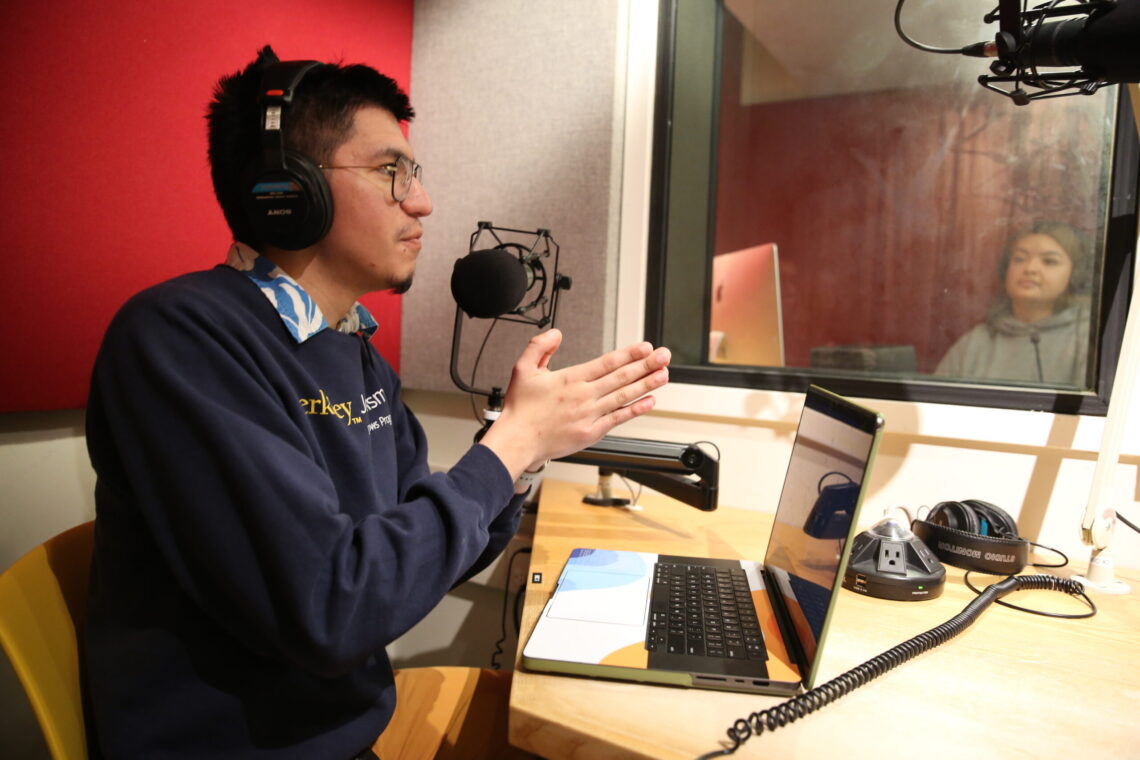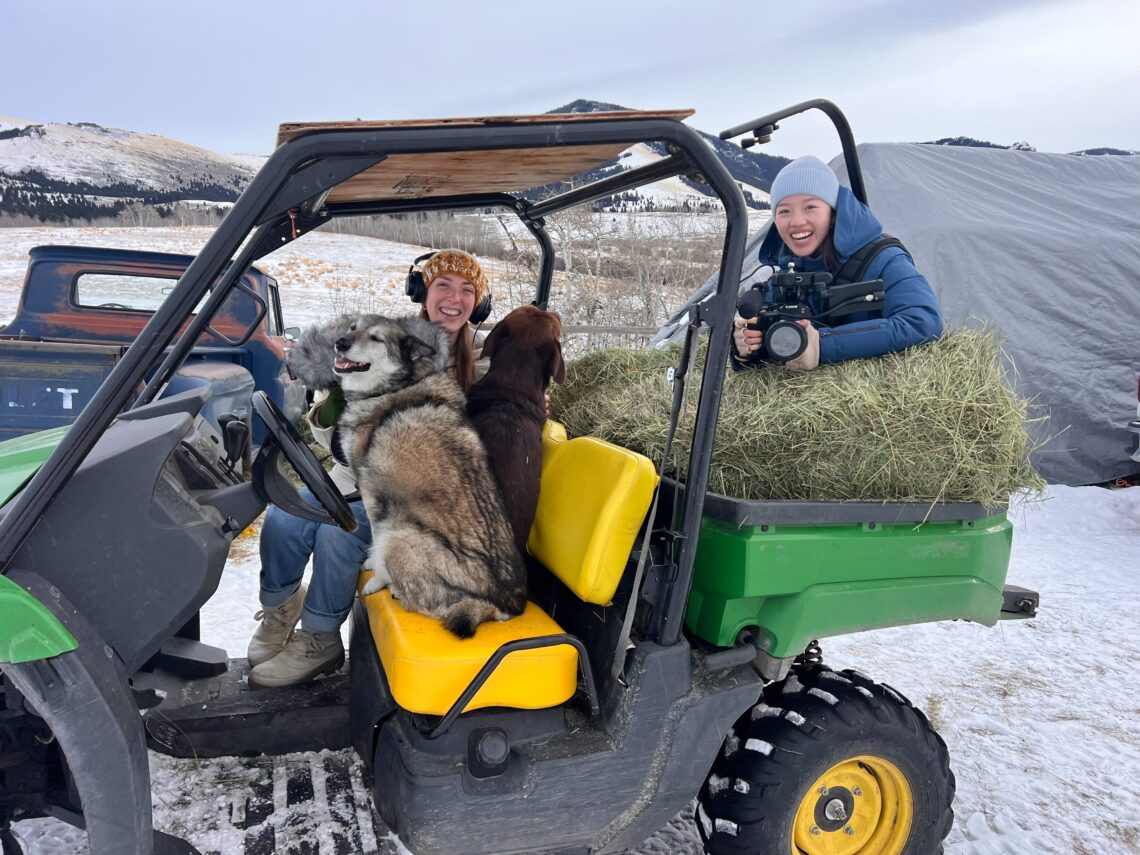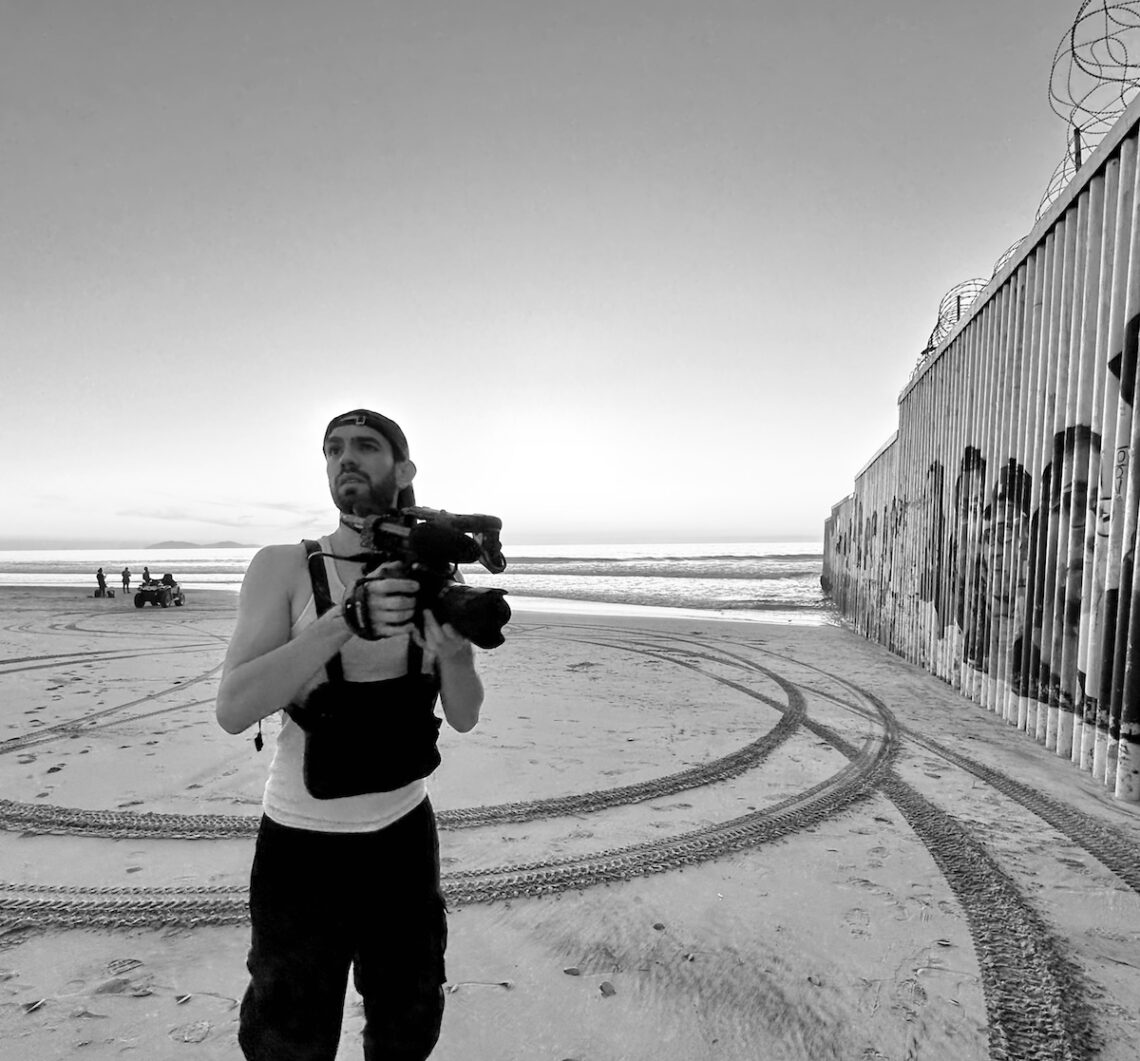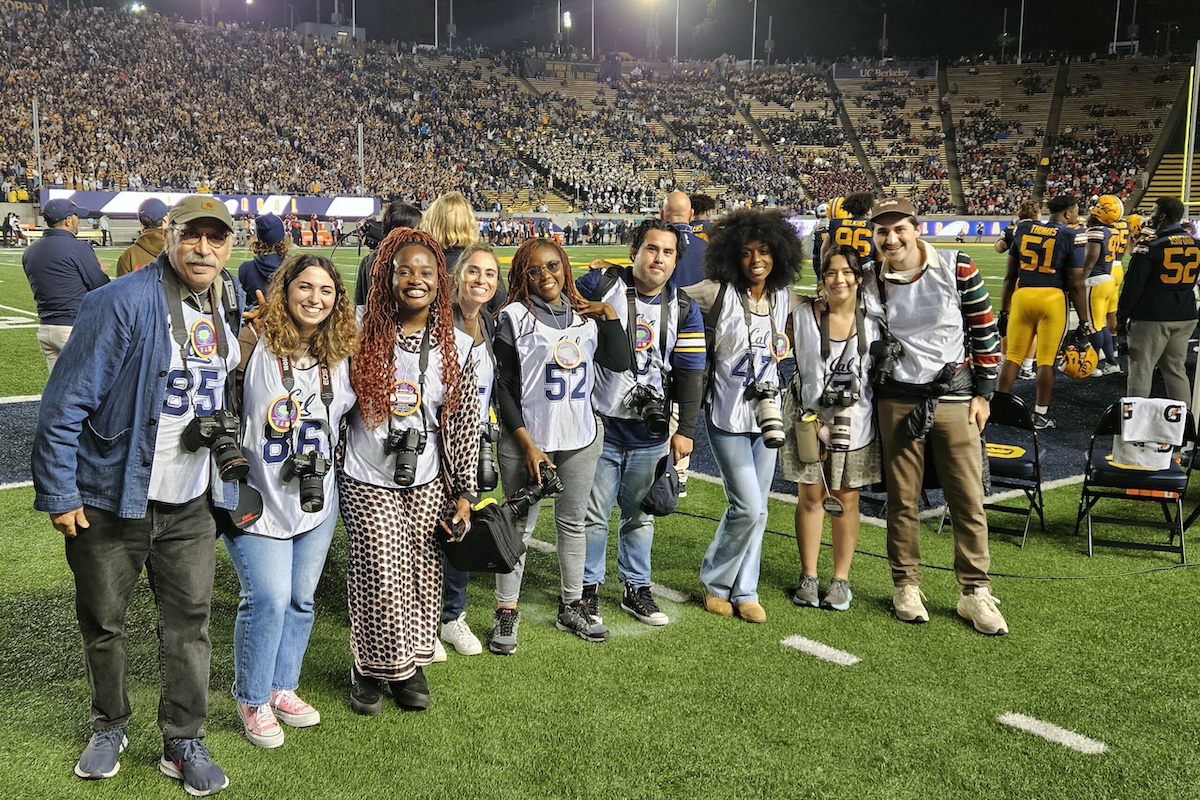At UC Berkeley Journalism, you will learn the essence and craft of journalism that applies to all forms and platforms. The beauty and significant value of Berkeley's two-year program is that you will also be able to develop deep skills in particular platforms, working with our faculty to advance your skills in audio journalism, documentary, multimedia, narrative writing and photojournalism.





